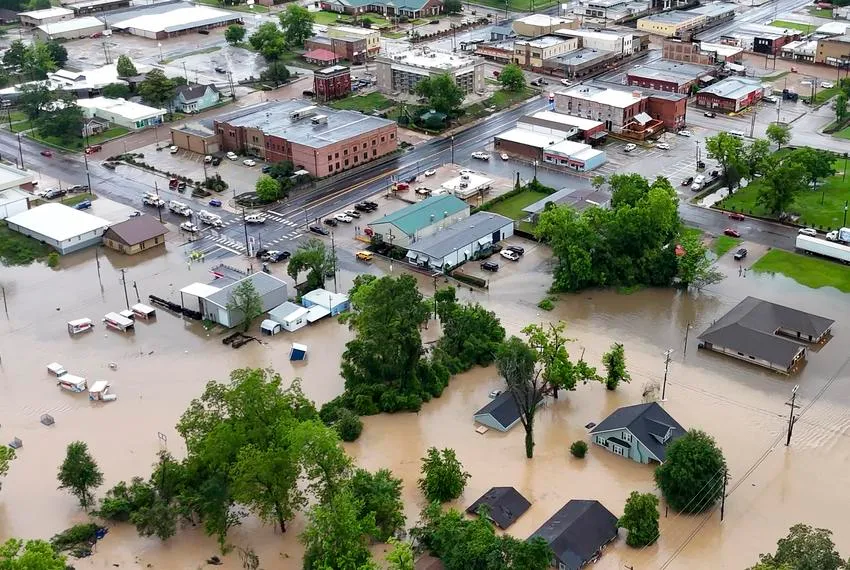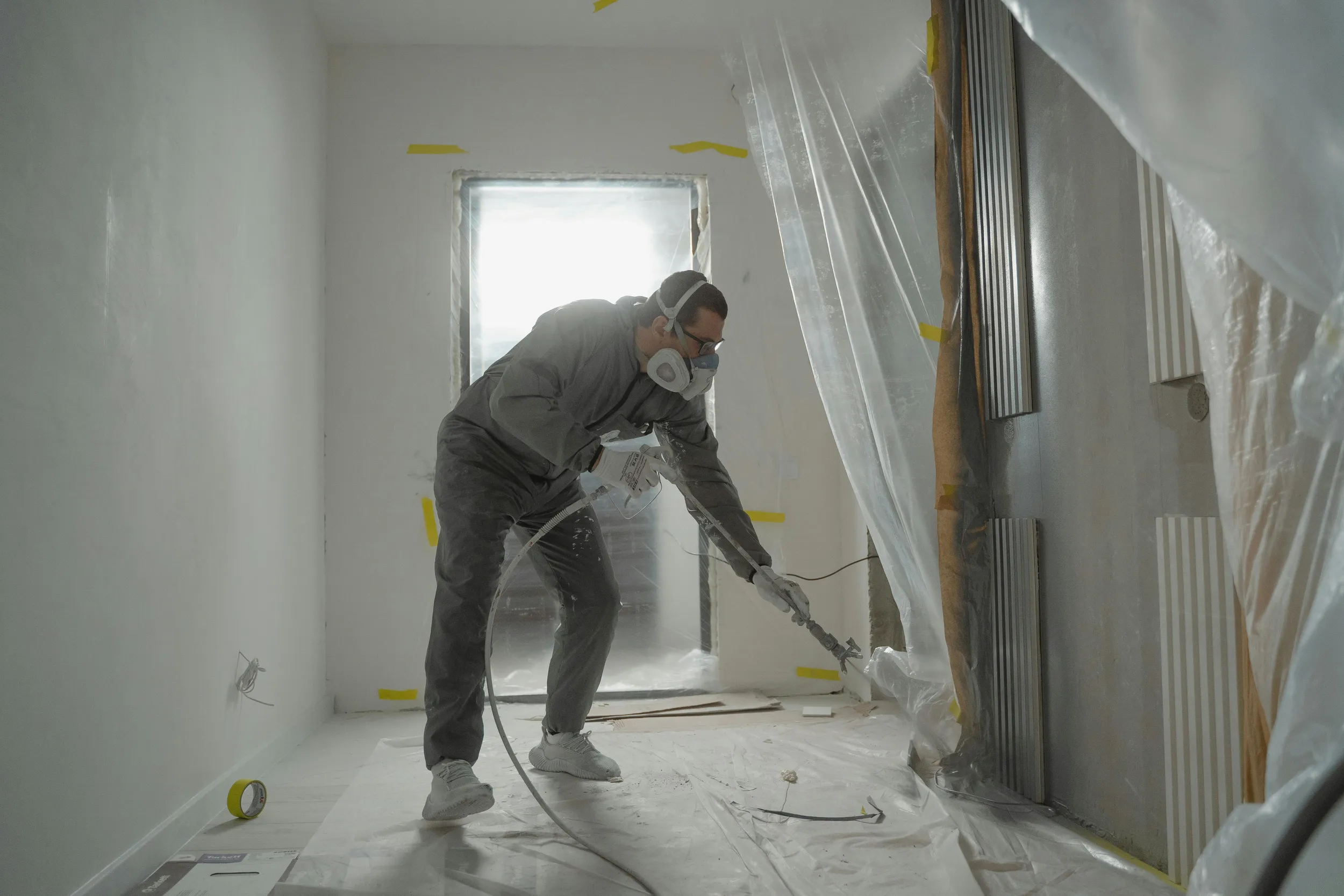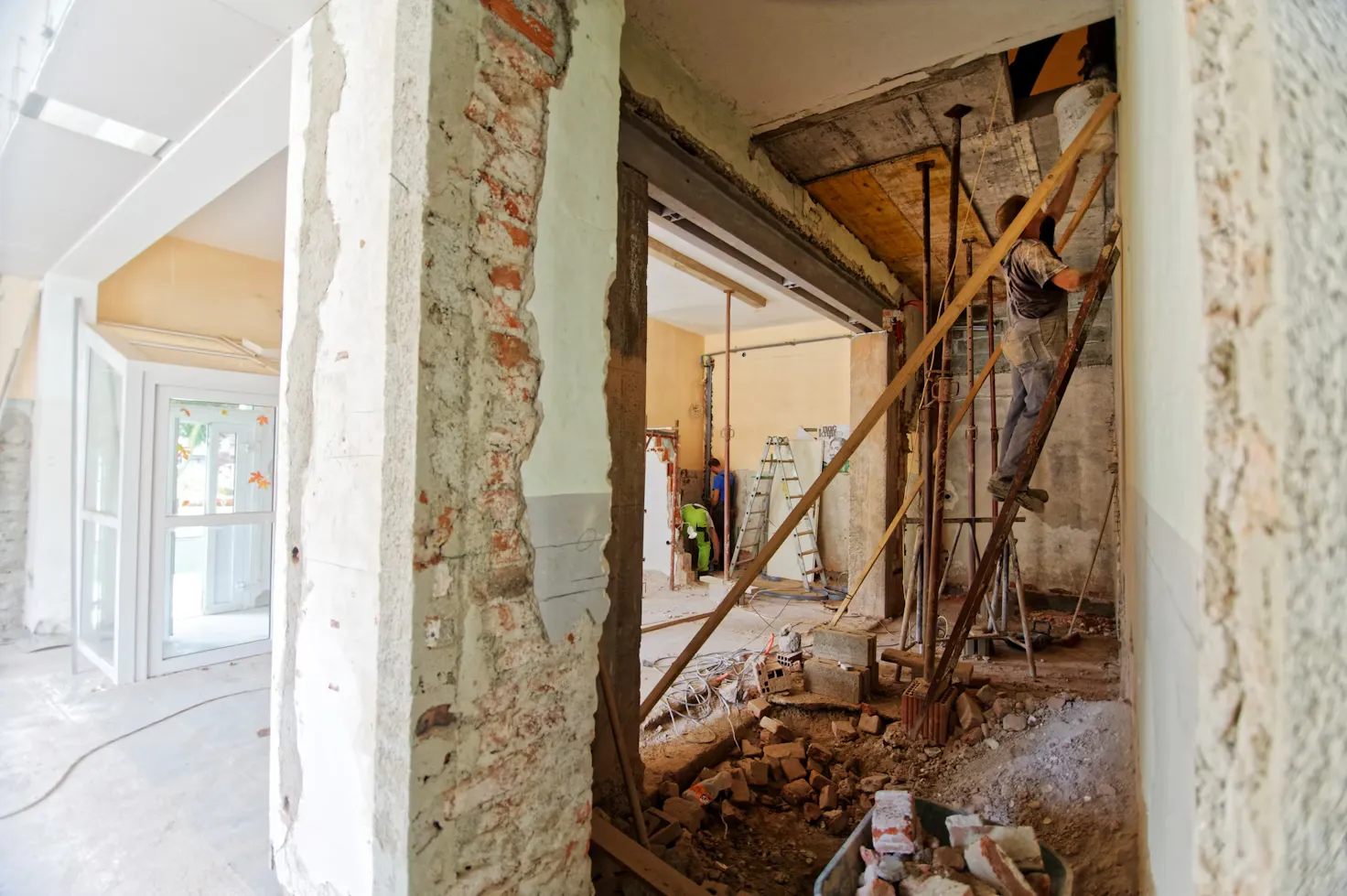As homeowners, we cherish the sanctuaries we’ve created within our walls, blending personal style with functional living spaces. Yet, the threat of flooding can disrupt this harmony in an instant, turning a beloved home into a site of chaos and costly repairs. In regions like Dallas and its surrounding areas - Plano, McKinney, Frisco, and beyond - where heavy rains and flash floods are not uncommon, understanding flood protection and effective water damage restoration is essential.
According to the National Flood Insurance Program (NFIP), floods are the most common natural disaster in the United States, causing billions in damages annually. At 123 Remodeling, we’ve seen firsthand how proactive measures and expert restoration can not only mitigate these risks but also restore homes to their former glory, often with enhanced design elements. In this article, we’ll explore strategies for flood protection, the restoration process, and how to blend resilience with aesthetic appeal.
Understanding Flood Risks and Prevention Strategies
Flooding doesn’t always come from dramatic storms; it can stem from something as simple as a burst pipe or poor drainage around your property. In Texas, data from the National Oceanic and Atmospheric Administration (NOAA) indicates that urban areas like Dallas experience an average of 5-10 inches of rainfall during peak storm seasons, exacerbating risks in low-lying neighborhoods.

To protect your home, start by assessing your property’s vulnerabilities. Elevating electrical systems, installing backflow valves on sewer lines, and ensuring proper grading directs water away from foundations are foundational steps. For basements prone to seepage, sump pumps like those from Zoeller can be invaluable, automatically activating to remove excess water and prevent accumulation.
Beyond hardware, landscaping plays a role - strategically placed rain gardens or permeable pavers from brands like Belgard can absorb runoff, reducing the load on your home’s exterior. By integrating these elements thoughtfully, you create a layered defense that not only guards against water intrusion but also enhances your property’s curb appeal.
Expert Tip: When installing sump pumps, opt for models with battery backups and integrate them with smart home systems like those compatible with Google Nest for remote monitoring.
Immediate Steps to Take After Flooding Occurs
The moments following a flood are critical; swift action can mean the difference between minor inconvenience and extensive structural damage. First, prioritize safety by shutting off electricity and gas lines to avoid hazards - remember, water and wiring are a dangerous mix. Document everything with photos and videos for insurance purposes, as FEMA reports that detailed records can expedite claims processing.

Begin removing standing water using wet/dry vacuums from trusted brands like Shop-Vac, but avoid DIY extraction if mold is suspected, as it can spread spores. Open windows and doors to promote airflow, and use dehumidifiers such as those from Honeywell to pull moisture from the air, targeting a humidity level below 50% to inhibit mold growth.
For furnishings, salvage what you can by elevating items on blocks and patting them dry, but discard porous materials like soaked carpets that harbor bacteria.
These initial responses set the stage for professional intervention, ensuring that restoration efforts build on a stable foundation rather than compounding issues.
Expert Tip: In the first 24 hours post-flood, apply antimicrobial treatments to affected surfaces before drying begins. I’ve advised clients to use products like Concrobium Mold Control spray, which penetrates deeply without harsh chemicals, preventing hidden mold pockets that could compromise air quality during later remodeling phases.
The Water Damage Restoration Process
Restoration is a meticulous journey that restores both function and form to your home. It typically unfolds in phases: assessment, where professionals use moisture meters from brands like Protimeter to detect hidden water pockets; extraction and drying, employing industrial fans and dehumidifiers to evaporate moisture thoroughly; and finally, repair and rebuilding. In Dallas-area homes, where humidity lingers, this process might take 3-7 days for drying alone, per guidelines from the Institute of Inspection, Cleaning and Restoration Certification (IICRC).

Structural elements like drywall may need replacement - opt for mold-resistant varieties from USG Sheetrock for longevity. Flooring choices during restoration can elevate the space; consider luxury vinyl planks from Mohawk, which mimic hardwood but resist water far better. Throughout, coordination with certified restorers ensures compliance with local codes, transforming a setback into an opportunity for upgrades that align with your design vision.
Expert Tip: During the rebuilding phase, reinforce subfloors with marine-grade plywood before installing new materials. From my background as a design-build specialist, this technique - often paired with vapor barriers like those from Stego Industries - has proven essential in high-moisture areas, extending the lifespan of restorations by up to 50% in flood-prone zones like Frisco and Prosper.
Integrating Design Elements into Flood-Resistant Restorations
Restoration isn’t just about repair; it’s a chance to reimagine your space with resilience in mind. For interior design enthusiasts, this means selecting materials that withstand future threats while enhancing aesthetics. In kitchens, for instance, install cabinets from KraftMaid with water-resistant finishes, elevated slightly off the floor to allow for easy cleanup.
Bathrooms can benefit from porcelain tiles by Daltile, which are impervious to water and available in elegant patterns that evoke spa-like serenity. Lighting plays a subtle role too - moisture-rated fixtures from Kichler ensure safety without sacrificing style. By weaving in these elements, your home emerges not only restored but refined, blending practicality with the personal touches that make it uniquely yours. In areas like Southlake or Flower Mound, where homes often feature open layouts, such integrations maintain flow and functionality post-restoration.
Expert Tip: When redesigning flood-affected spaces, incorporate hidden drainage channels behind baseboards for discreet water diversion. As a veteran interior designer, I’ve used this in high-end projects to preserve clean lines in modern homes, ensuring that even in heavy rains, water is channeled away without interrupting the room’s visual harmony.
In conclusion, flood protection and water damage restoration demand a blend of vigilance, expertise, and creativity to protect and enhance your home. Whether you’re fortifying against future risks or navigating recovery, professional guidance can make all the difference.
At 123 Remodeling, we specialize in high-end design-build renovations, including kitchen and bathroom remodeling tailored to withstand Texas weather. Serving Dallas, Plano, McKinney, Frisco, Prosper, Richardson, Carrollton, Lewisville, Grapevine, Flower Mound, Westlake, and Southlake, our team is ready to assist. Contact us to discuss how we can safeguard and beautify your space.
